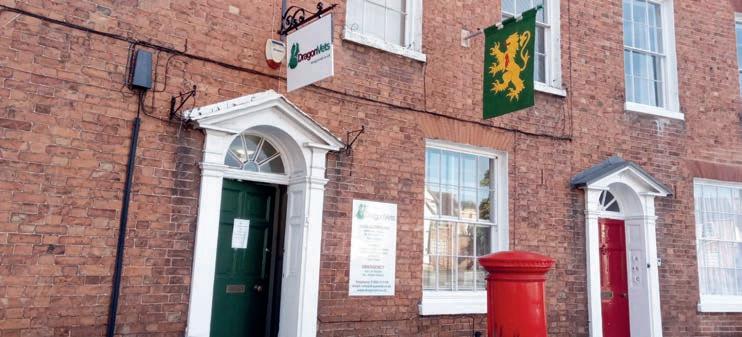
6 minute read
Acute & Chronic Pain
The terms “acute” and “chronic” are used often in medicine and I hear patients refer to pain as being chronic in the wrong term.
Medically, acute means early on within the injury and chronic refers to an issue which has been lingering. For example, if you twist an ankle the initial swelling, pain and heat is an acute response, the discomfort and “weakness” in the ankle in the following days is considered chronic.
Advertisement
The change from an acute injury to a chronic injury can be alarmingly quick. It will depend on the type of injury, the person and if the area and tissue has had a previous injury.

The reason the injury will turn from acute to chronic is not always, but often due to the neurological input.
The mechanism behind this is energy and brain saving. The brain has enough computing to do without being on duty to manage injuries as they heal. If an injury, let’s continue with a twisted ankle as an example, fires the nerve to say there is a problem, this sends a signal to the spinal cord which delivers the message to the brain. The brain perceives pain and returns the result via the nerve to the ankle. After some time, reporting like this, the spinal cord recognizes the route in and the subsequent report back. A pattern has developed. This is the chronic stage, from the perspective of the nervous system. The brain is no longer needed to provide information on this injury. Sadly, the spinal cord response does not have the ability to break this pattern and so it will continue to produce this pathway until something stops it.
Manual therapy, acupuncture, deep tissue massage and laser therapy have all been found to stop this circuit firing and initiate the brain in the healing. This then allows the body to return to health. will see many of the same friendly faces from our main surgery at Dragon Vets Cheltenham.
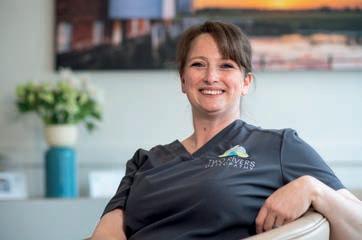
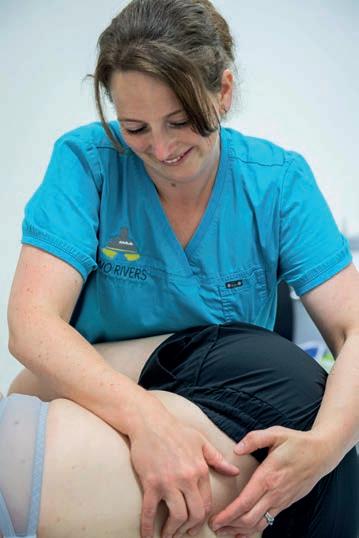
So, the term acute and chronic, are not just descriptions of type of pain felt, they also give an indication as to the change in tissues and neurological input. Sometimes, they body needs a little assistance and a push in the right direction to truly get rid of a chronic issue.
Dragon Vets Tewkesbury is fully equipped with a sterile operating theatre, digital radiography, ultrasonography and laboratory equipment. Drop in and have a look around.

Henry Prior was a wealthy hosier. He was described as a friend of John Wesley, who stayed with him on his visits to Tewkesbury.
His residence was not the ‘front house’ of the alley in Tolsey Lane which bears his name, but a large prestigious house in Church Street.
Prior’s Alley contained eight small cottages which were occupied by stocking knitters, each with a knitting frame in the kitchen, all rented from Mr Prior. He left Tewkesbury and his stocking knitting business, retiring to fashionable Bath, where he died in 1852, aged 100.
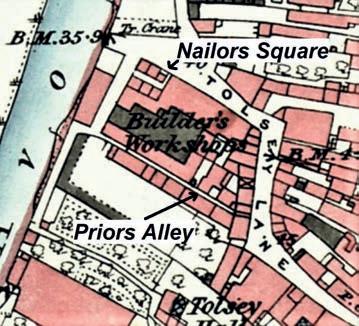
Priors Alley was quiet and uneventful. It terminated at a length of mooring on the Mill Avon, a short, secluded length between what are now Riverside House and the Riverside Café’s ‘gazebo’. The seclusion made it a magnet for children, but the river was sometimes the scene of tragedies, unfortunately. The alley didn’t go through the bureaucratic process of official closure, with clearance and demolition notices. The whole alley was bought by stone mason Thomas Collins as his building contracting business expanded. When tenants left, their cottages were put to use as store rooms or workshops. As the business modernised, they were demolished and replaced by better facilities.
With good access to river transport, the area between Tolsey Lane and Back of Avon was in industrial uses; workshops, warehouses, coal yards and the like. It was an advantageous place for a builder’s yard in the days before motorised transport. At the junction with Back of Avon was another residential area; Nailors Square. As the name implies, this was a small colony of nail-makers. The cottages included small nailshops, with forges where families laboured to supply the town’s ironmongery businesses. By the middle of the nineteenth century the trade had almost died, and over time Thomas Collins’ expanding business swallowed the square up as well.
Collins entered into partnership with William Cullis, and had become by far the biggest employer in town, being responsible for a large and prestigious portfolio of building projects, as varied as the Methodist Church and Healing’s Mill, as well as a great deal of work on the Ab- bey. When Cullis left to start a new business in Hereford Collins looked to his nephew, and works manager, Francis Godfrey. Expansion continued, and the company of Collins and Godfrey was well regarded as a contractor on a national scale. It survived the deaths of Thomas Collins, in 1900, and Francis Godfrey in 1912. Francis Godfrey’s son managed the business until his own death in 1941, after which it was sold to James Miller of Edinburgh, later becoming Miller Homes. They left their Tolsey Lane premises after building a lot of houses in Newtown.
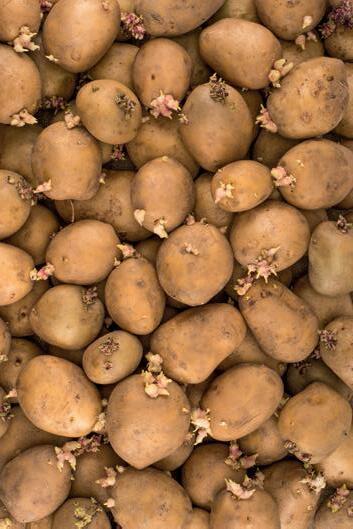
The next occupier was Shakespeare International Marine. Bill
By Easter 2022 Meg Dunford from The Roses & Jo Teague Stitch story
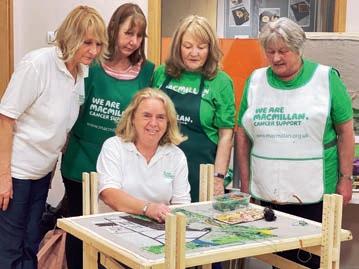
Artist had been around all local schools as well as holding stitch-athons across the Highstreet. Weekly sessions at the library had over 40 volunteers coming along to help turn local young people’s ideas into reality!
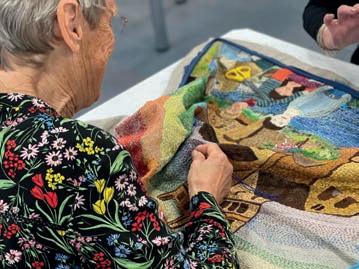
Finally in May after (lots!) more stitching in community settings and businesses such as MOOG and Cotteswold Dairy it was finished! We opened the doors of the Watson Hall during The Tewkesbury Big Weekend and welcomed over 2000 visitors to see the embroidery and community border in all its glory!
It then went on a 10week tour to Tewkesbury Abbey and Gloucester Cathedral, showing all its stitches completed by over 8200 people! We are extremely proud to say that since the opening in May it has been admired by over 16,000 visitors!
Looking towards next year...in Spring 2023 we
In Bloom planting sessions, teaching young people about perennials.
Whilst you wait patiently for this, we’ll have it on display in Tewkesbury Abbey during February Half Term with
In addition to this, we are extremely excited for the many events coming-up hosted by network members including The Roses, Tewkesbury Big Weekend, and The John Moore Museum.

In early June expect some new opportunities across National Volunteers Week and Tewkesbury Live will bring us a brilliant mix of music again this July! Don’t forget to add September’s Heritage Open Days to your diary too. If you haven’t already, pop into the recently refurbished Library or book a session downstairs in The Lab, to experiment with some high-tech equipment!
Our regular meetings as a network take place every few months, they offer a chance for us to all catch up, share projects and see where there may be opportunities to collaborate.
We can’t wait to get started on next year’s events! From all at Tewkesbury Culture, we all hope you have a wonderful and thriving 2023. Follow @ tewkesburyculture on Instagram & Facebook for regular updates and ways to take part!
Shakespeare took over the buildings in 1958/59 to build his iconic record-breaking power boats. The company thrived on Bill’s innovation, and brought considerable activity to the area until tragedy struck. On October 23 1971 he was killed on Lake Windermere whilst practic- ing for the British Grand Prix. The company he had built up went into decline and ten years later moved out of Tewkesbury completely, leaving the premises empty and neglected until 1986, when planning consent was given to build the four blocks which now occupy the area; Priors, Nailers, Collins and Shakespeare Courts. The development preserves the line of Prior’s Alley, albeit with a road bisecting it. The new alley section is in a very different style to the old, but not in a bad way. It is a quiet and pleasant reminder of the alley line.
The vista today is very different to the industrial past, and it is difficult to picture the stocking makers, nail makers, masons and boat build- ers who in turn occupied the space. But they deserve to be remembered. Project Alleycat is looking to commission an artwork recalling the bygone trades. It would be located near the riverside, on Priors Alley. We want to involve residents and interested local peo- ple in the design and creation of the work, under the lead of a professional artist.
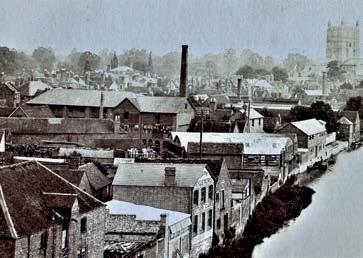

If you would like to know more, or get involved, please email us at Tewksalley@outlook. com, or leave a message on Facebook; Tewkesbury Alleycats.















